The announcement of a $100,000 fee for H-1B applications is a moment of truth for global mobility. It’s not just an immigration issue. It’s a talent issue, a cost issue, and a strategic inflection point. This is exactly the kind of external shock that shows why mobility must be at the center of an organization’s strategic sphere—not sidelined as a transactional function.
So how can you respond in a way that’s thoughtful, fast, and forward-looking? We recommend putting our THRIVE framework to work. THRIVE is a new concept that we are introducing in an upcoming webinar and white paper -- register for the webinar and watch this space for the imminent white paper publication! -- but in the meantime, we couldn't resist giving you a sneak peek to the THRIVE framework as it relates to today's current events.
T – Talent Integration & Intentionality
The proposed fee will likely make companies rethink when and why they use H-1Bs. It will no longer be a default option, but only used when absolutely critical. That gives mobility a major opportunity to step in and advise on future state alternatives, such as:
- Nearshoring talent to locations that are geographically proximate where possible
- Virtual assignments across time zones
- Project-based work shifts to India or other hubs
- Alternative mobility of existing talent via other immigration or transfer options
This is where you show that mobility isn’t just a relocation engine: it’s a talent deployment partner.
H – Human Experience
H-1B holders in your workforce are likely feeling anxious, confused, or even threatened by this news. Don't leave them in the dark.
- Proactively communicate what you know (and don’t know, yet)
- Reassure them that they’re valued
- Offer one-to-one check-ins or access to legal counsel, if possible
In times of uncertainty, clarity is kindness.
R – Readiness
Did this announcement catch your company off guard? It shouldn’t have. The best programs are built for the unexpected. Ask yourself:
- Do you know how many H-1Bs you have?
- Do you know where they are, when their permits expire, or where they are in the green card process?
- Do you have a designated point person to respond to these changes?
If not, this is your signal to build that capability.
I – Influencing with Data & Stories
This is your moment to use data to drive action. Help leadership understand:
- How many H-1Bs you currently sponsor
- The cost of losing or replacing that talent
- Alternative scenarios—the cost of nearshoring, permanent transfers, or role redesign
Tell a story: “We have 42 active H-1Bs, 60% of whom are already on the green card path. Proposals to replace this typical option: we can model alternatives in Mexico or Canada. But we need a strategy now.”
This is influence in action—not just reporting, but reframing options.
V – Vendor Partnerships
Your immigration provider just became your best friend (again).
- Stay close to them
- Get their POV on what this means, both legally and operationally
- Leverage their global footprint to advise on relocations, compliance, or contingency planning
- They can help you respond fast if any talent gets stuck in transit
Great partners don’t just process—they help you think.
E – Engaged Team & Leadership
This is stressful for your team, too. They’re fielding questions, parsing legal updates, and working long hours to protect employees. Support your people. Make sure they:
- Feel informed
- Know where to escalate issues
- Have space to breathe and reset
And make sure to engage leadership: Let them know what’s happening, how you’re responding, and what your team needs to succeed.
Final Thought
Moments like this are a litmus test for how strategic your mobility function really is. The best programs will lean in—not just to manage risk, but to lead through it. The THRIVE framework can help you focus, act, and evolve.


%20(73)%20(1).png)


%20(93)%20(1).png)

